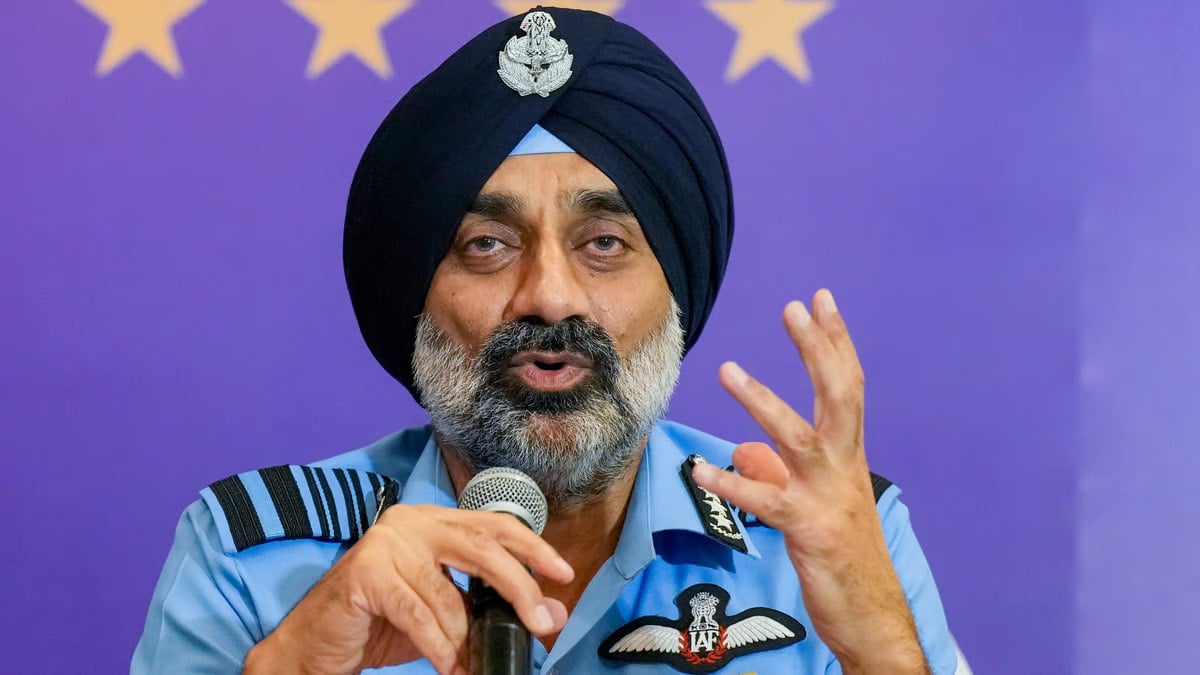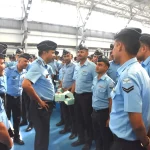Chief of Air Staff Air Chief Marshal AP Singh has said that the success of Operation Sindoor put to rest doubts that lingered after the 2019 Balakot airstrikes. Speaking at the Air Chief Marshal LM Katre Memorial Lecture in Bengaluru, Singh admitted that during Balakot, the absence of publicly available evidence had made it difficult to convince the Indian public of the damage inflicted on terrorist camps.
“In Balakot, we could not get anything from inside, and it became a big issue trying to tell our own people what we achieved. We had intelligence showing massive damage, but we could not convince everyone,” he said. “This time, we were able to take care of that ghost of Balakot and tell the world exactly what we achieved.”
He noted that Operation Sindoor benefited from video evidence, satellite imagery, and reports from local media, which countered skepticism. The strikes, launched after the April 22 Pahalgam attack that killed 26 tourists, targeted terrorist infrastructure in Pakistan and Pakistan-occupied Jammu and Kashmir, killing over 100 militants from groups including Jaish-e-Mohammed, Lashkar-e-Taiba, and Hizbul Mujahideen.
Praising India’s decision to halt hostilities, Singh said the operation’s sole purpose was to punish terrorists, not prolong conflict. “Once we achieved our objective, we looked for windows to stop. Some people said, ‘Aur maarna tha’, but can we continue to be at war? The nation took the right decision,” he said.
The IAF chief also revealed that India’s air defence systems destroyed five Pakistani fighter jets and a large airborne surveillance aircraft—either an ELINT or AEW&C plane—at a range of about 300 kilometres, calling it the largest recorded surface-to-air kill.













